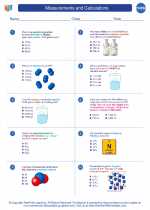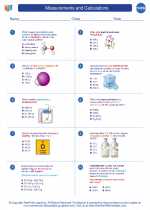Mountain
A mountain is a large landform that rises prominently above its surroundings, generally exhibiting steep slopes, a relatively confined summit area, and considerable height. Mountains can be found on every continent and in every type of climate. They are the result of tectonic forces or volcanic activity.
Formation of Mountains
Mountains are formed through various geological processes, including:
- Plate Tectonics: Mountains can form when tectonic plates collide, leading to the uplift of the Earth's crust. This process can create fold mountains, such as the Himalayas.
- Volcanic Activity: Volcanic mountains are formed by the accumulation of lava and volcanic ash. Examples include Mount Fuji in Japan and Mount Kilimanjaro in Africa.
- Erosion: Some mountains are formed through erosion, where the surrounding land is worn away, leaving behind a mountain. These are known as residual mountains.
Types of Mountains
There are several types of mountains, including:
- Fold Mountains: Formed by the folding of rock layers due to tectonic forces. Examples include the Rockies in North America and the Andes in South America.
- Block Mountains: Created when large areas of land are uplifted along faults or cracks in the Earth's crust. The Sierra Nevada in California is an example of a block mountain.
- Volcanic Mountains: Formed by the accumulation of volcanic material. These mountains can have steep slopes and are often conical in shape.
Mountain Ecosystems
Mountains are home to diverse ecosystems, with unique plant and animal species adapted to the harsh conditions found at high altitudes. Alpine regions, characterized by cold temperatures and low oxygen levels, support specialized flora and fauna, including mosses, lichens, and animals like mountain goats and snow leopards.
Human Interaction with Mountains
Throughout history, humans have been drawn to mountains for various reasons, including resource extraction, recreation, and spiritual significance. However, human activities such as mining, deforestation, and tourism can have significant impacts on mountain environments.
Study Tips
To study mountains effectively, consider the following tips:
- Understand the geological processes that lead to mountain formation.
- Learn about the different types of mountains and their characteristics.
- Explore the unique ecosystems found in mountain environments.
- Consider the human impact on mountain regions and how sustainable practices can be implemented.
By understanding the formation, types, ecosystems, and human interactions with mountains, you can gain a comprehensive knowledge of this fascinating geological feature.
[Mountain] Related Worksheets and Study Guides:
.◂Chemistry Worksheets and Study Guides High School. Measurements and Calculations

 Worksheet/Answer key
Worksheet/Answer key
 Worksheet/Answer key
Worksheet/Answer key
